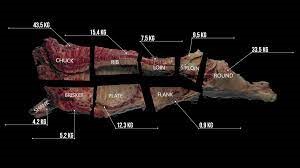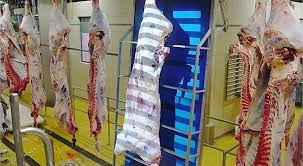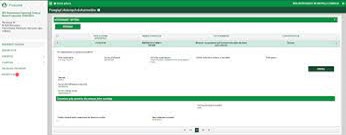
https://ec.europa.eu/eip/agriculture/en/find-connect/projects/bovine-beef-innovation-network-europe
The different economic actors that compose the value chain often have limited trust in each other. An example of this is the limited trust of producers in processors for how the EUROP system is applicated. Reservations and limited confidence of producers arise, as the quality assessment is carried out visually by an inspector employed by the slaughterhouse, despite the fact that he is authorized by public body. In the opinion of the cattle farmers the system is biased and may be sensitive to an inappropriate lowering of quality classification.
The limited trust of producers is one of the reasons why they often useintermediaries often, which reduces their revenues. Limited trust at the level of the entire value chain also contributes to insufficient communication, numerous inefficiencies and lowering the margin of the entire chain. It is the supplier, most often the broker, who is informed about the carcass produced by the producer, and the producer does not have this knowledge, which hinders the learning process.
In order to tackle this problem a pilot test was implemented in a slaughterhouse in Poland.

Basing the EUROP classification system on objective methods provides a good basis for launching an application fed with data from classification machines and from the IRZ (Animal Registration System) system. By combining these two data streams, it is possible to enable every owner of an animal from birth to rearing, to be informed about the effects of rearing. The database contributes to gain progress in the production and quality of live cattle as a result of comparing farmers with others (benchmarking). Producers of live cattle, as part of their empirical experiences from direct cooperation with slaughterhouses, state that when assessing cattle on a farm, the inspector classifies for example, the O + class, and after slaughter, the producer receives documents in which the carcasses were classified to class O-, which translates into a significant reduction in the price per kg without any explanation, and at the same time it results in a significant reduction in confidence in theoretically objective inspectors. Combining this with long-term payments, up to several months, it is natural for producers to step in to cooperate with intermediaries who initially offer significantly low prices per kg, but the payment is made immediately. The broker, on the other hand, has to negotiate a rate with slaughterhouses and to make sure that such rates are received. Therefore, the appearance of an intermediary reduces the producer's income. The introduction of machines for the automatic classification of beef carcasses in the EUROP system and automatization of communication process with prices acceptance by farmer, increases the trust in the producer-slaughterhouse relationship and increase the revenues of producers, because even if the primary classification is reduced, the producer receives information from the IT system why it happened. The target of this solution is that by the end of 2024 50% of total number of slaughterings in Poland will be classified by this automatic system. It is expected that with the application of the automatic EUROP classification system a fairer distribution of value added in the value chain will be achieved.

With the automatic classification the farmer knows how his/her cattle was classified and can easily see where and how to improve. Together with advisors, vets and other persons involved in production scheme, the farmer can make adaptations to improve meat quality.
It’s really big step forward for me. I feel very comfortable and appreciated in whole process of delivering high quality beef for consumers. I trust in automatic classification and feel the need to receiving direct information about its results.

Further information
http://ph.ptz.icm.edu.pl/wp-content/uploads/2016/12/10-Wn%C4%99k.pdf